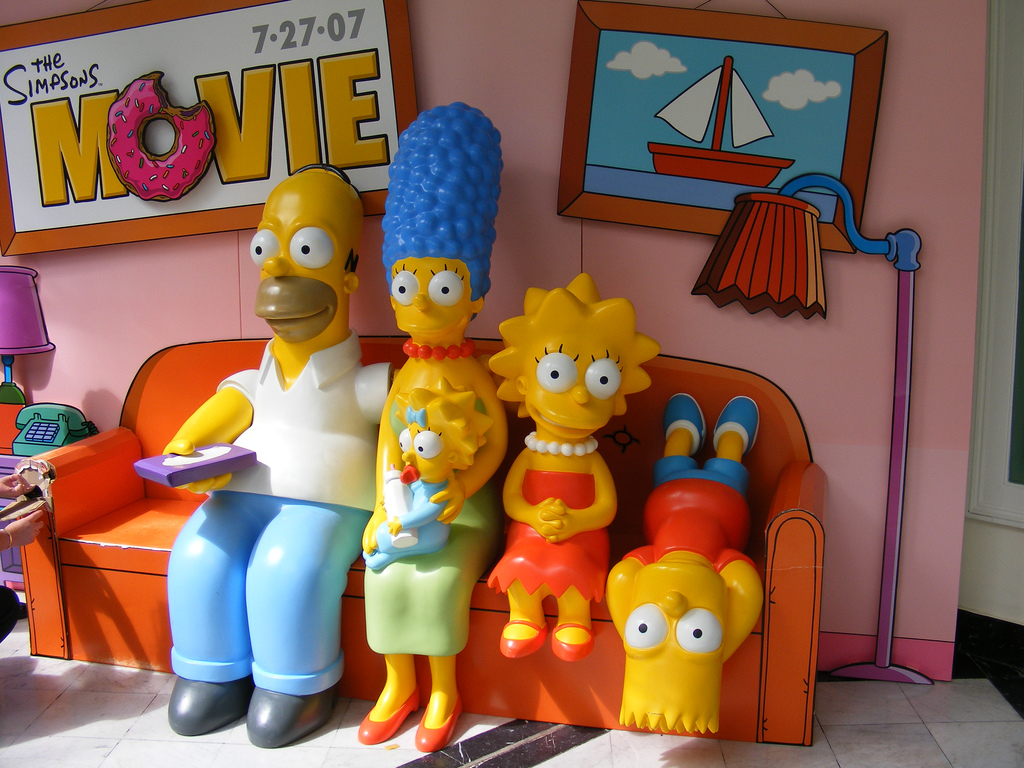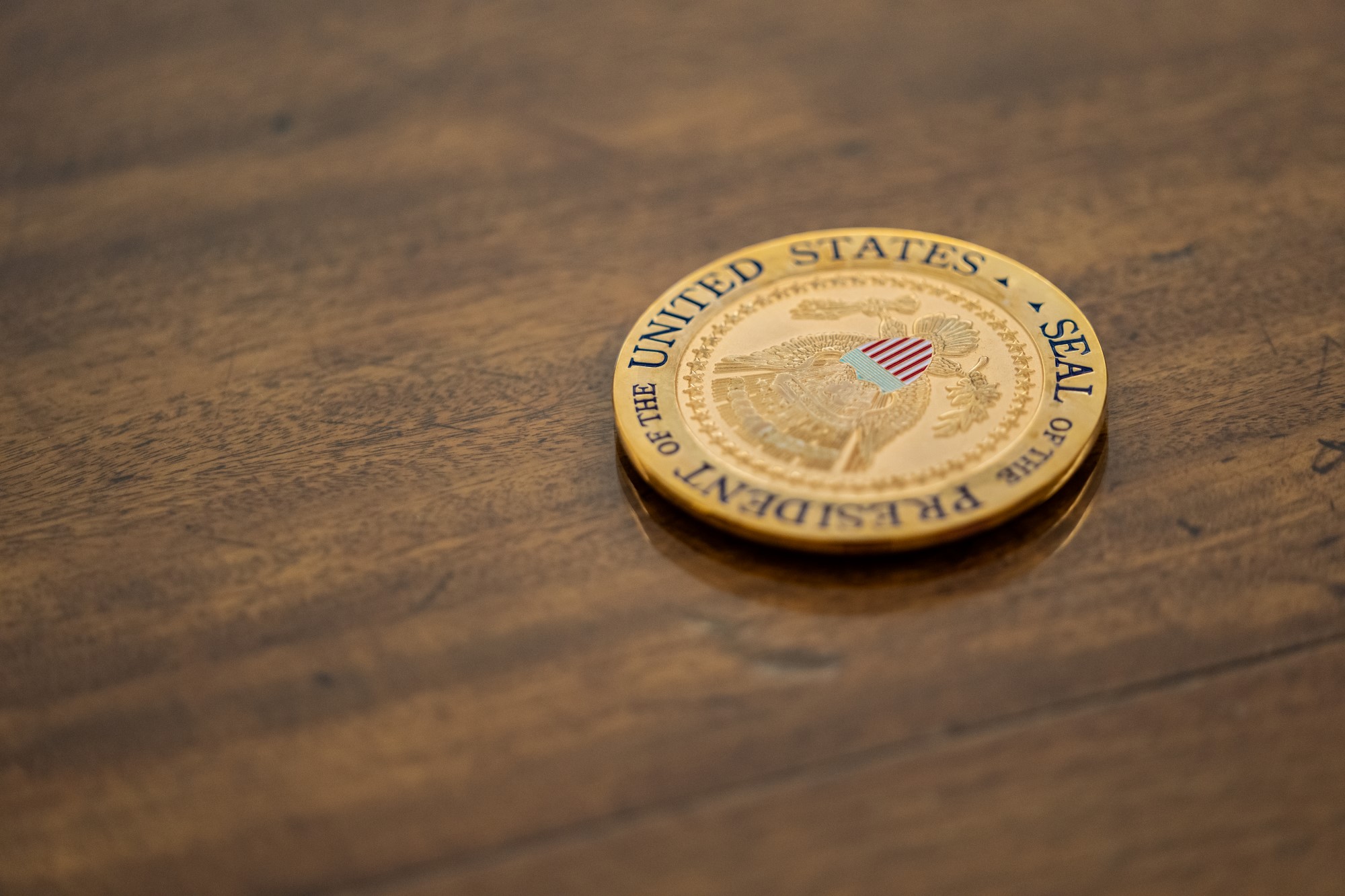From Minstrel Shows to The Simpsons: Racism in American Comedy
For nearly 30 years, The Simpsons has been making tongue-in-cheek jokes and chronicling, albeit satirically, the American way of life. As the longest-running cartoon in American television history, the show has had generational range in its influence, which is a rare feat in a modern, Netflix-binging society. In many ways, The Simpsons set the precedent for satirical cartoons and sitcoms to come, with its exaggerated depictions of the stereotypical American family. But it is not only the American family that The Simpsons has stereotyped in the last 29 years; they have also targeted characters ranging from CEOs to clowns.
However, The Simpsons has recently been forced to reexamine some of its caricatures, specifically those pertaining to race, nationality and immigration. In a 2017 documentary titled The Problem with Apu, Hari Kondabolu examined the Simpsons character Apu’s influence on racial stereotypes of Indian Americans and other Southeast Asians. Last month, The Simpsons finally responded to the documentary, when its character Lisa broke the fourth wall to state “Something that started decades ago, and was applauded and inoffensive, is now politically incorrect. What can you do?” The show’s response was not received well, with Kondabolu even tweeting “I loved this show. This is sad.”
Recently Hank Azaria, voice actor for Apu and dozens of other characters, stated he was willing to step down from voicing the character, in a move many applauded, while others asserted was his duty. Is The Simpsons right in asserting that humor requires a level of insensitivity? Did Hank Azaria commit a type of brownface by assuming the role of a non-white character? How have race relations in American history influenced humor? And finally, who holds the most responsibility: the creators, the writers, or the voice actor?
With appearances in over 140 shows, the Indian gas station owner Apu Nahasapeemapetilon has been a recurring character on the sitcom since the eighth episode. On the surface, there is nothing inherently offensive about Apu’s character, the dialogue between Lisa and Marge implies that Apu’s creation was progressive for the time, since there was relatively little representation of non-white characters, especially immigrants, on television. But, as Hua Hsu describes in an article for The New Yorker, “Good intentions sometimes lay bare a kind of chummy condescension.” And chummy condescension might be the exact phrase one could use to describe The Simpsons’ response to Kondabolu’s documentary. In addition to Lisa’s fourth wall break, on April 27th, Simpsons creator Matt Groening told USA Today, “I’m proud of what we do on the show. And I think it’s a time in our culture where people love to pretend they’re offended.”
On the other hand, some might argue Apu’s accent and position in society was indeed racist from its conception. Apu’s infamous “Thank you, come again” has been described as haunting Indian Americans for the past 30 years.In an article for Jezebel, Prachi Gupta even points out that “What The Simpsons misses is that Apu was ‘applauded and inoffensive’ decades ago by white people, at a time when Indian-Americans had no visibility in this country. And now that we are more vocal, we’re speaking out against the harm the iconic show did.” For many Indian Americans, the depiction was always a racist one.
But for others, the heart of this issue is not necessarily the stereotypes perpetuated, but the question of what place racial stereotypes hold in the context of humor. Racial stereotypes are not new to mainstream American comedy. This becomes evident through examining one of America’s oldest comedic controversies: minstrel shows. Though considered incredibly offensive by societal standards at present, the history of blackface is disturbingly one of comedy. At its debut in the 1830’s a minstrel show was one in which “white performers with blackened faces (most used burnt cork or shoe polish) and tattered clothing who imitated and mimicked enslaved Africans on Southern plantations.” However, even after slavery was abolished, minstrel shows persisted and “characterized blacks as lazy, ignorant, superstitious, hypersexual, and prone to thievery and cowardice.”
Minstrel shows are by definition a display of racially exaggerated stereotypes. Though minstrel shows disappeared from mainstream theatre and comedy at the beginning of the 20th century, their influence has been linked to the first and largest animation conglomerate Disney, from characters like blackface Mickey Mouse in Mickey’s Mellerdammer to facetious ones like Jim Crow in Dumbo. In fact, a study titled “Birth of an Industry: Blackface Minstrelsy and the Rise of American Animation” argues that the rise of American animation was inextricably tied to minstrelsy. Characters in cartoons often embody the very qualities exaggerated on the minstrel stages in the late 19th century.
However, not all characters that embody these traits are black, which poses the question: How has minstrelsy persisted as a fundamental aspect of American animated comedy? One modern example is that of the hyenas depicted in Disney’s 1994 The Lion King. Some might immediately argue that though the hyenas, who display many of the characteristics of minstrel humor and racial stereotypes, are not racist because the hyenas are not black, and could not possibly be, since they are animals. However, as sociologist Calvin Gidney points out, “Scar’s minions, the hyenas, spoke in either African American English or English with a Spanish accent.” To make matters worse, the Hyenas are segregated from the rest of the animal kingdom and portray many minstrel-like qualities, such as superstition, exaggerated movement and dancing, and a generally lazy and complacent demeanor. Perhaps even more disturbing than simply linking the minstrel-like characters to voices reflecting communities of color, Gidney also noted that the entire plot of the movie was to “‘take back the jungle’ from the British-sounding evil lion, plus the African American-sounding and Latino-sounding hyenas.’”
Such instances call into question the ethics of voicing in animation. If The Simpsons was not a cartoon, but a sitcom with regular actors, surely Azaria donning the physical appearance (i.e. brownface) and accent of an Indian person to play Apu would be regarded as racially offensive by today’s standards. However is it different when it comes to animation? Should a white person voice a non-white character? This is not the first question of this type to come to fruition in modern film and cinema, as questions of gender, sexuality, and ability have also been subject of controversy in the casting of Hollywood actors. Though Apu has nearly a dozen episodes throughout the show that develop his character, one thing that never changes is his thick accent. Kondabalu describes Apu’s accent as “a white guy doing an impression of a white guy making fun of my father” while others have described it as “theatrically thick, as though someone is luxuriating in all those exotic curled “R”s and the nasally twang.” Much of the criticism directed at Azaria is not only his complicity in the racist stereotypes that Apu and his accent upheld and promulgated, but also the fact that he voiced the character of Apu in the first place. In an op-ed for The New York Times, Vikas Bijaj argues that Azaria indeed committed “brown-voice,” which stems from brownface and blackface. Brownface, Bijaj argues, can be found in American comedic history, from instances in 1962 like Peter Seller in The Party to as recent as in 2012 during a Popchips advertisement featuring Ashton Kutcher.
Bijaj also points out that “Apu was the only major South Asian character on prime-time TV for many years, helping to define how millions of Americans think Indians, Pakistanis and other people from the subcontinent talk and live.” One could argue that the lack of diversity is not necessarily The Simpsons’ or Azaria’s fault, and that this should not be a criteria for criticism. However, Azaria and to voice a character of a race and culture that he did not belong to. And as Kondabolu describes in his documentary “A white dude created a stereotypical Indian voice, and a bunch of white writers in the room laughed at said stereotypical Indian voice.” As if this wasn’t controversial enough, the effects of Apu were widespread and long lasting as, “this led to the creation of my childhood bully and a walking insult to my parents.” It seems that both the method and the consequences of Apu push ethical boundaries.
Though cartoon characters shift forms, increase in picture quality, and change in their voices, their tendency to perpetuate and even create racial stereotypes has persisted well into the 21st century. Though characters like Apu have been defended in the name of representation, it’s time for The Simpsons to decide if it truly believes representation should come at the cost of silencing those they are claiming to represent. We must also, as a society, decide to what degree we can tolerate the influence of minstrel shows in mainstream American comedy and animation.





